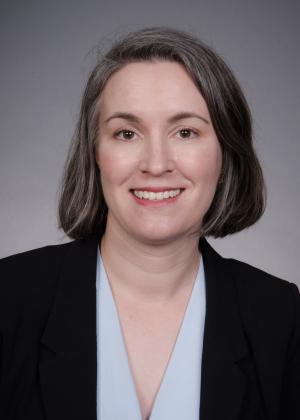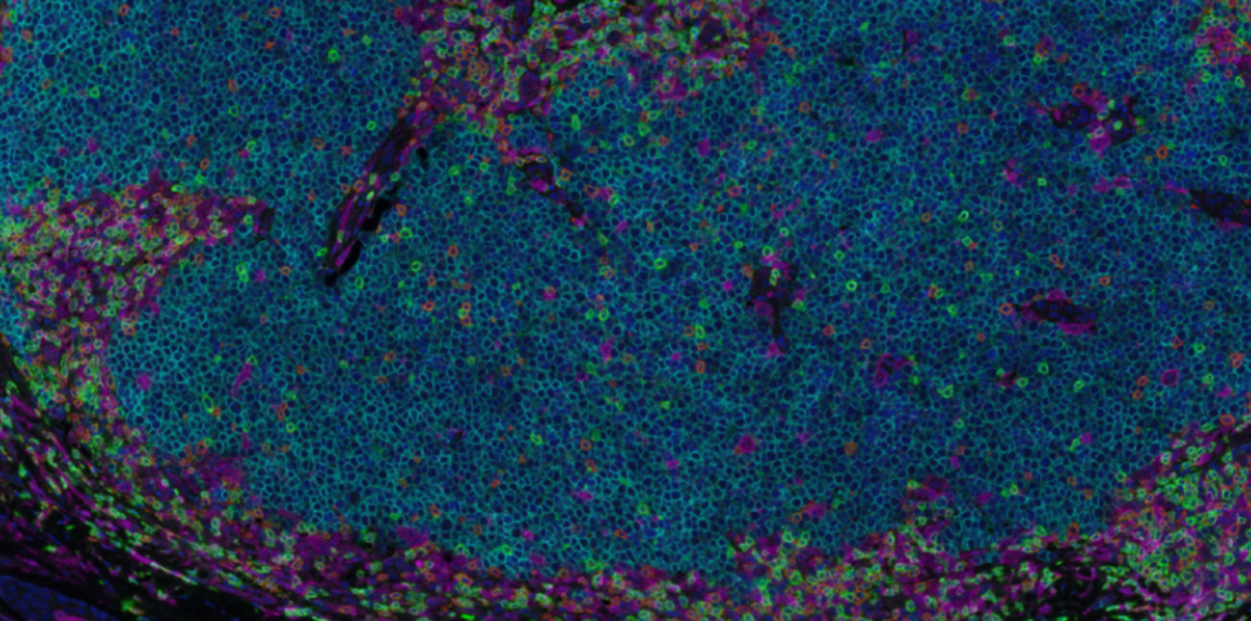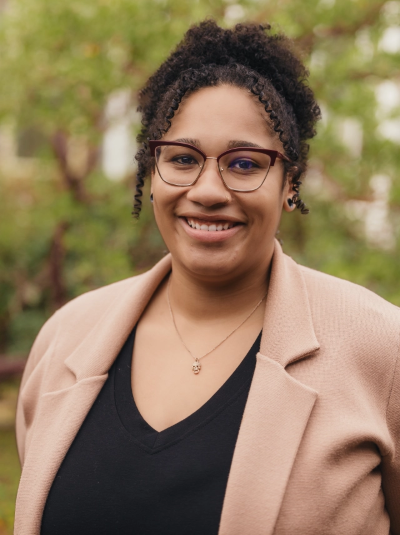Telemedicine triage found to increase accuracy in diagnosing SJS/TEN at Harborview Medical Center
 UW Derm faculty members Drs. Katie DeNiro and Roy Colven, together with Dept. of Surgery faculty, find that the implementation of a telemedicine referral triage system improved the accuracy of SJS/TEN diagnosis by 25%, reducing unnecessary transfer of care and associated transport costs.
UW Derm faculty members Drs. Katie DeNiro and Roy Colven, together with Dept. of Surgery faculty, find that the implementation of a telemedicine referral triage system improved the accuracy of SJS/TEN diagnosis by 25%, reducing unnecessary transfer of care and associated transport costs.
Stevens–Johnson syndrome (SJS) and toxic epidermal necrolysis (TEN) are rare, life-threatening, and unpredictable skin reactions to medications that result in flu-like symptoms accompanied by an inflamed and painful skin rash that spreads over the body.
The Harborview dermatology clinic is a specialized to treat SJS/TEN and receives numerous referrals from outside providers who suspect their patient has SJS/TEN.
The study, “Accuracy and Cost-effectiveness of a Telemedicine Triage Initiative for Patients With Suspected Stevens-Johnson Syndrome/Toxic Epidermal Necrolysis”, analyzed the changes in positive-predictive value and transfer related travel costs resulting from the implementation of the telemedicine triage initiative. Positive-predictive value measures the rate at which assumed, or screened, positive cases result in actual positive diagnosis- how often suspected SJS/TEN referrals result in actual diagnosis of SJS/TEN.
The intervention updates the referral triage process from observation notes alone to a telemedicine consultation and digital photo review of each case:
When a referring health care professional includes SJS/TEN in the differential diagnosis, the transfer center nurse requests store-and-forward photographs of the patient’s affected mucocutaneous surfaces by secure email. Digital photographs are reviewed by a dermatologist (on-call residents and attendings) and burn surgeon who participate in a conference call with the referring health care professional. If the dermatologist and burn surgeon suspect SJS/TEN based on mucocutaneous involvement and a compatible clinical history, arrangements are made for the patient to be transferred.
In comparison to the referral data prior to the implementation of the telemedicine triage system, 56.8% of screened and transferred cases resulted in a positive SJS/TEN diagnosis compared to 21.1% before. In the 3-year period after implementation of the triage system, transportation costs were reduced by $24,793.
The success of the triage system at Harborview demonstrates the capability for systems improvements to increase diagnostic accuracy and decrease related healthcare costs. This study also demonstrates the positive impact of telemedicine consultation at a time when more and more patients and providers are relying on virtual visits to reduce risk of coronavirus transmission.
Dr. Katie DeNiro, corresponding author of this article, is an acting assistant professor in the Division of Dermatology.
Wong CY, Colven RM, Gibran NS, et al. Accuracy and Cost-effectiveness of a Telemedicine Triage Initiative for Patients With Suspected Stevens-Johnson Syndrome/Toxic Epidermal Necrolysis. JAMA Dermatol. Published online November 25, 2020. doi:10.1001/jamadermatol.2020.4490






